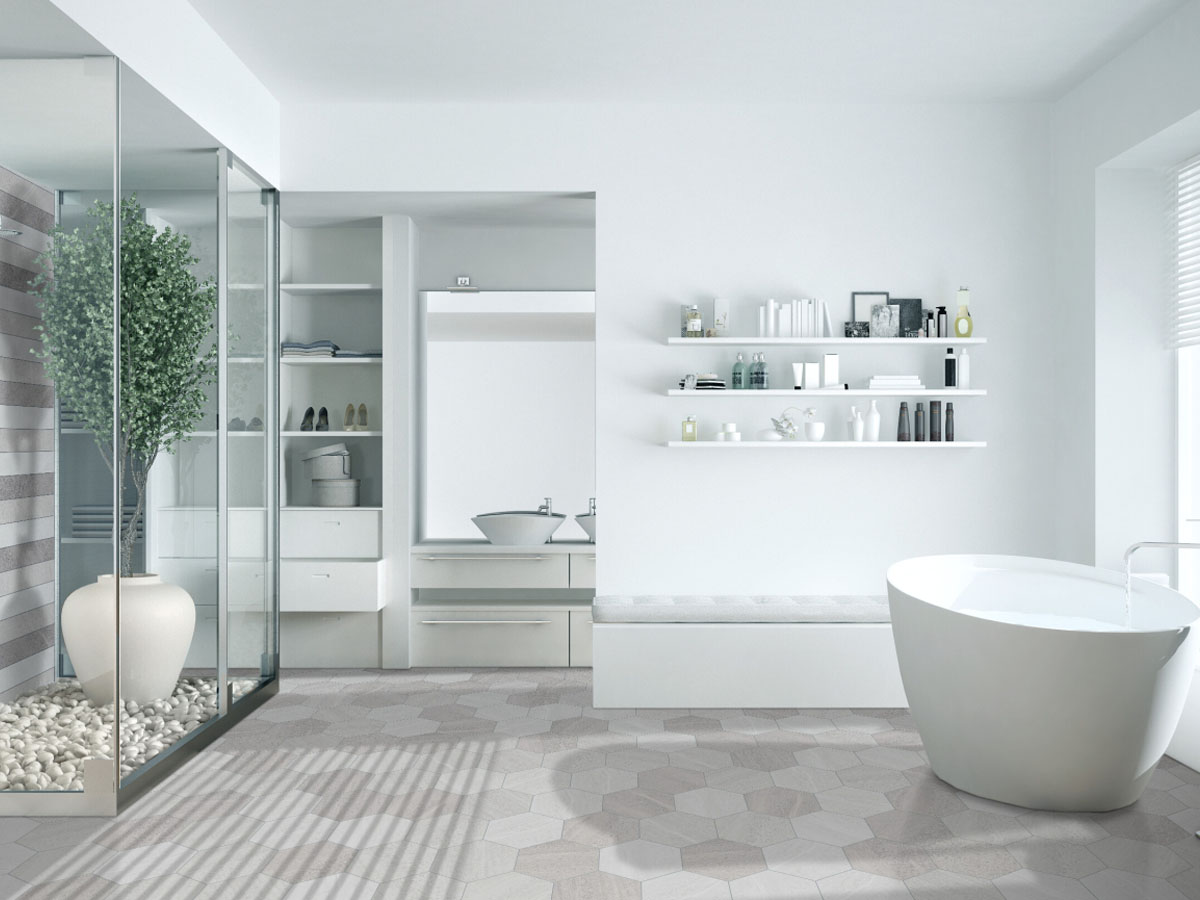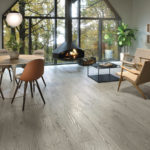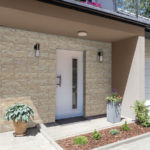Anti-slip flooring
One of the most complex things we do, almost inadvertently, moment by moment, when we are standing, walking and even, to some extent even when we are sitting, is to maintain balance.
Walking on two is challenging. It is not for nothing that it takes babies a year or more to learn to do this – when many of the benefits we, humans, have over other animals lie in the fact that we go for two.
This position gives us height; We see into the distance, and look bigger and more menacing. In addition, walking on two leaves our hands free for action.
But there are also drawbacks to the way we move.
It is much easier to maintain stability when standing and walking on all fours; In the event of a fall, the injury may be severe, especially to the high perpendicular head. This is why we avoid slippery surfaces, and are very careful when we encounter such – an ice-covered path, for example.
Most of us spend a considerable amount of time at home, walking around the various rooms and using them for their intended purposes. Therefore, it is very important to make your stay at home safe. One of the proper means to use when needed, is anti-slip flooring. In the following article, you will find answers to questions such as what types of floors are considered anti-slip? When should one insist on anti-slip flooring? Does choosing such flooring necessarily mean compromise in terms of appearance and design?
Properties of Anti Slip flooring
Anti-slip flooring is known in English as Anti Slip flooring. This is a fairly broad category of products that help create a rough surface that ensures a high level of friction with feet (resistance level), barefoot or trapped in a sock, slipper, sneakers, flip-flop or sandal of one kind or another.
The best way to get floor surfaces that are difficult to slip on is to tile in the first place with non-slip tiles, we will give examples of such types of tiles below.
The fact that there is a large variety of products designed to increase the roughness of an existing floor, indicates that many do not take into account the need to avoid the danger of slipping.
There are materials designed to make the surface of the tiles rougher – various acids, for example. In addition, there are also stickers that can be attached to the floor surface and reduce the risk of slipping, stripes made of durable material similar to sandpaper, for example. But, as mentioned, if we know in advance where in the house should be tiled so that there is no danger of slipping and selected accordingly Anti slip flooring from the variety available in the market, we will not have to use anti-skid products and accessories.
For an extended read on the degree of Anti Slip – (R) Level in tiles
Anti-slip flooring for bathrooms and other disaster-prone areas
Obviously, bathrooms are those where the danger of slipping is particularly great. Water dramatically reduces the level of friction, when with the addition of a little soap you get a real trap. No wonder many of the injuries caused by slipping occur in the bathroom. Today, there is a wide range of quality tiles designed for the bathroom, and manufactured so that they are non-slip. If you choose flooring that is not specifically intended for the bathroom, it is very important to make sure that the level of roughness of the surface of the tiles is sufficient. In different quality standards it is customary to use a figure known as “coefficient of friction” or Anti slip resistance or Anti slip coefficient – there is a rating that divides flooring to one that is suitable for different areas in the house, bedrooms and living room, bathroom, entrance, basement, bathrooms, area around pool, sauna, Kitchen and more.
Anti-slip flooring Types of non-slip tiles
There is a large variety of anti-slip floor tiles. You can find ones made of ceramic, porcelain and concrete. There are also tiles whose mosaic pattern contributes to the creation of a surface with friction that reduces the risk of slipping.
It is very important to pay attention to the degree of protection against slipping that we want to achieve. Do not compromise on this matter when choosing flooring for disaster-prone areas, such as bathrooms, kitchen, area around a swimming pool, Jacuzzi or sauna.
Special attention should be given to the issue of the danger of slipping when choosing flooring for a house where very old people will live, as well as children. It is not uncommon to hear of an elderly man who has fallen in his home when anti-skid flooring can prevent such an unfortunate event; Children run around and may slip and fall, in the bath they splash water out and wet the floor. When choosing flooring it is advisable to also consider the variables associated with the family members who will live in the home.


